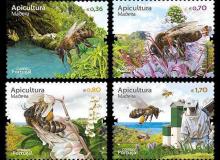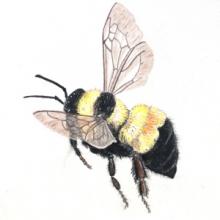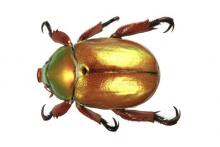Asocial behaviours induced in worker bees by imidacloprid lead to colony collapse
Imidacloprid - a type of neonicotinoid - changes the way that worker bees interact with the colony’s larvae: they become less social, stop nursing larvae, experience altered social and spatial dynamics within nests, and cease hive insulation construction. A research team led by James Crall of Harvard University investigated the effects of imidacloprid using a robotic platform for continuous, multicolony monitoring of uniquely identified workers. Their research showed that the behaviours induced by imidacloprid lead to colony collapse.










